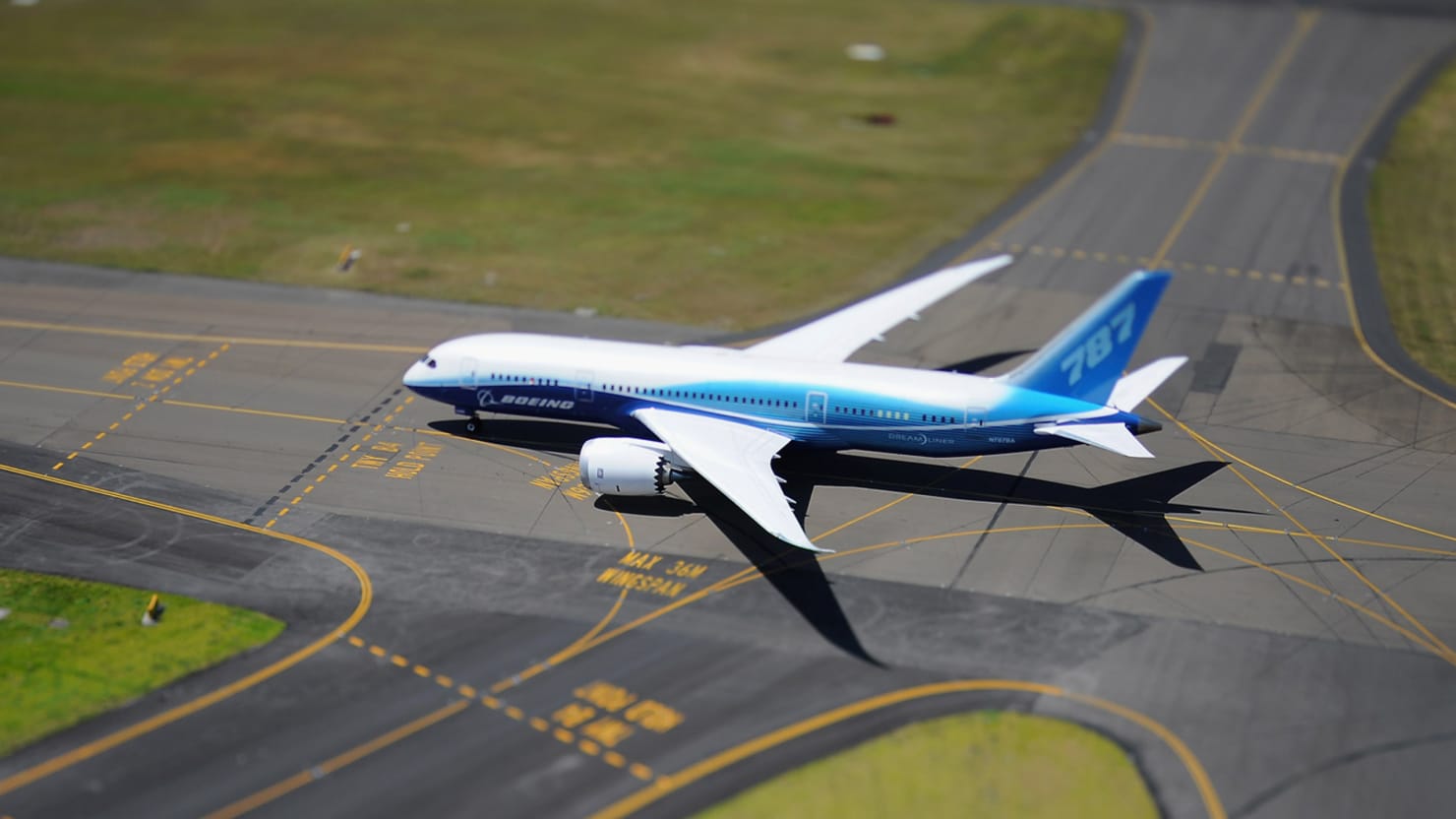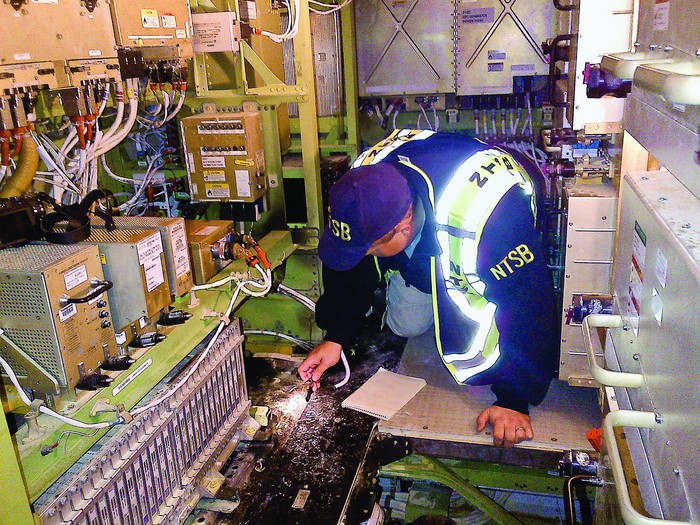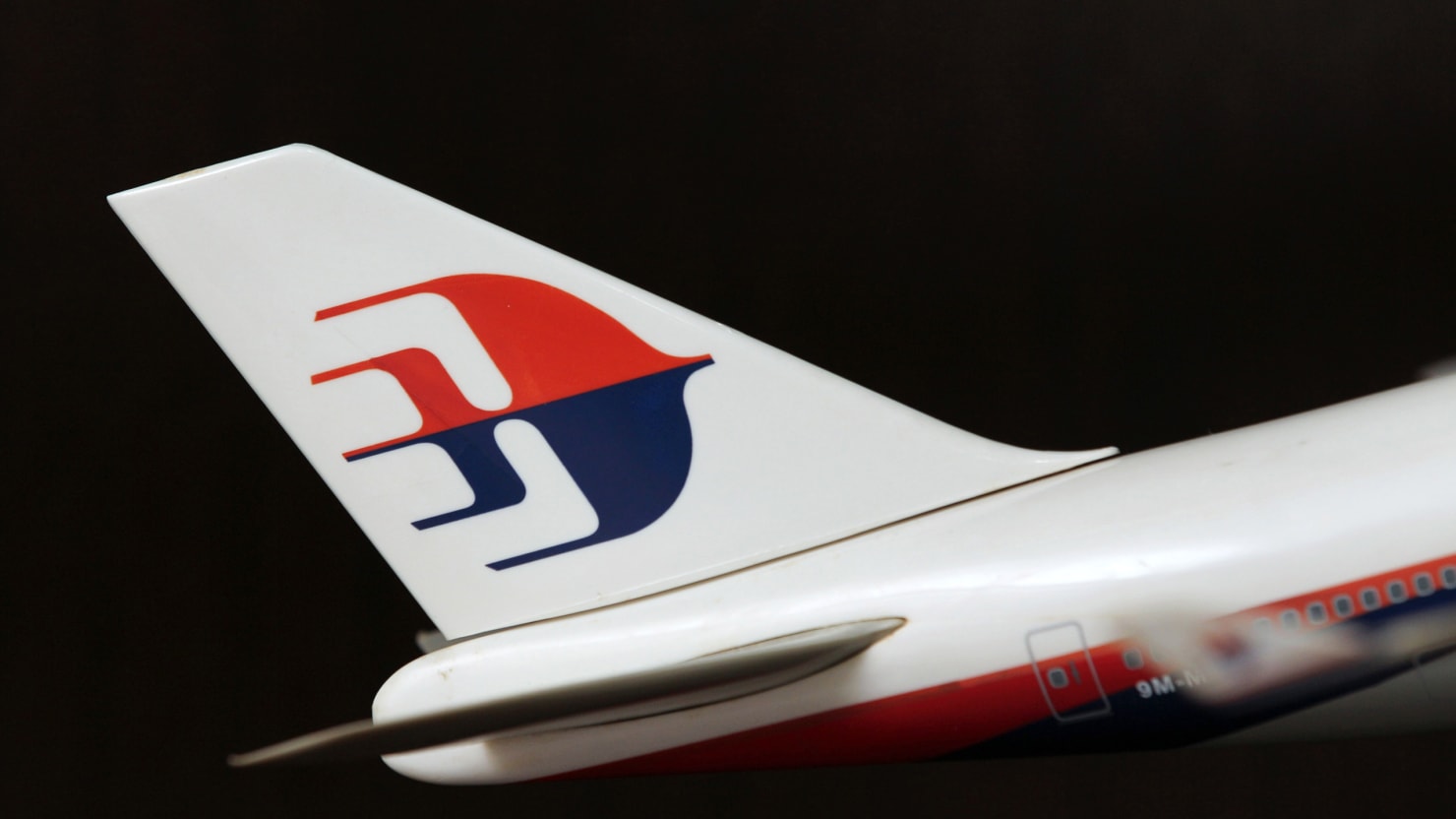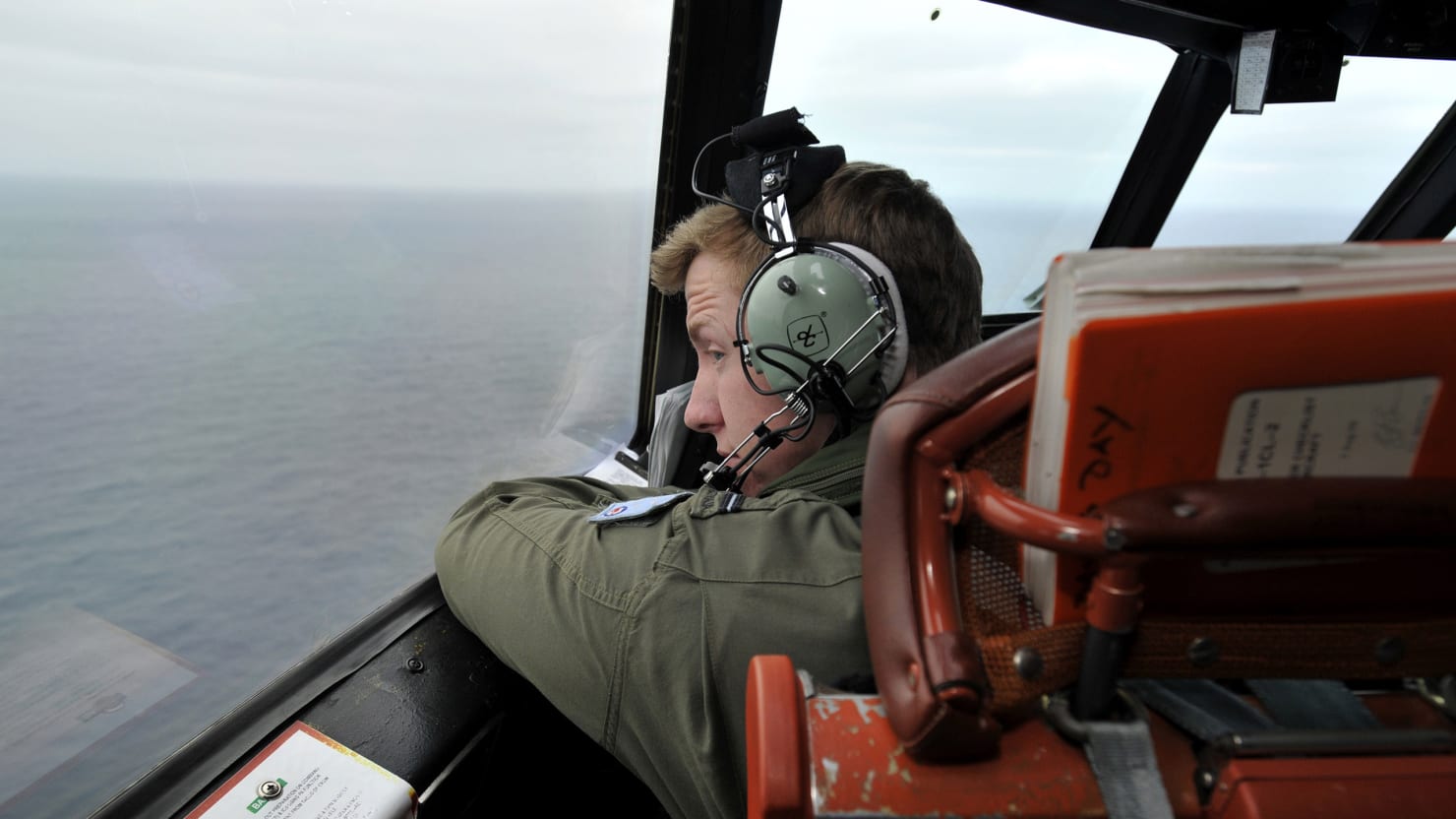Yuasa’s satellite web page says
“Our lithium ion cells have successfully completed several unique space qualification programs.”
That may be the difference right there — those cells aren’t the ones being sold cheap for consumer use.
Look at the detail they give: http://www.gsyuasa-lp.com/LSE-gen3
Looking at satellite batteries generally, those tests and failure modes are extensive (and published in many instances)
http://scholar.google.com/scholar?&q=related:37twnQn\_-F9fhM:scholar.google.com/
I’d guess that “throwaway” electric nicotine dispensers use cheap cells and chargers, which we know have caused fires
(I doubt they get the appropriate warnings we see routinely on flashlight blogs, either, when people start using li-ion cells)
I don’t know which cells Boeing used — but since they’ve had several fires in the operational aircraft, and there are no reports that they had similar fires during testing as they designed and built the aircraft, something must be different.
“In theory there is no difference between theory and practice, but in practice, there is …”
Ah, here’s a reason to look carefully at the manufacturing process — how clean it is and how carefully done:
“Hazardous battery failure, including fires, can be triggered by a number of factors. For example, micrometer-sized metal particles generated during cutting, pressing, grinding, and other manufacturing steps could contaminate the cells. The particles could accumulate and eventually form a short circuit—a conductive contact between the anode and cathode. According to Barnett, experienced manufacturers today use scrupulously clean methods that minimize contamination and therefore that mode of failure……”
That same ACS article also notes
“… lithium dendrites that grow through microscopic pores in the separator and bring the electrodes into direct electrical contact. That short circuit can cause the cells to discharge rapidly and generate a lot of heat.
Choosing a safe cathode is one key aspect of battery construction. But there are trade-offs. LiCoO2 cathodes developed in the early 1990s made Li-ion batteries the commercial success they are today. That material remains popular for consumer electronics because it provides relatively high charge capacity. Yet it is less stable than other cathode materials. At elevated temperatures, LiCoO2 liberates oxygen, which can react with organic cell components.
LiMn2O4 tolerates heat better than LiCoO2, but the manganese-based material’s charge capacity is lower, and it too decomposes at high temperature……”
and ends with
“… meanwhile, NTSB investigators working on the JAL 787 case continue combing through electrical- and mass-measurement data and various types of imaging results, searching for the cause of the battery fire. “…. It’s taking some time, but it’s important we get it right.” Knudson adds that the agency will soon issue safety recommendations based on its findings.
The advanced state of today’s Li-ion battery safety and the broad push to drive safety to even higher levels leaves Battery Safety’s Doughty upbeat about the battery’s transportation prospects. “I’m bullish on Li-ion batteries for electric vehicles,” Doughty says, “provided the required safety analysis is completed rigorously.”
Chemical & Engineering News
ISSN 0009-2347
Copyright © American Chemical Society





